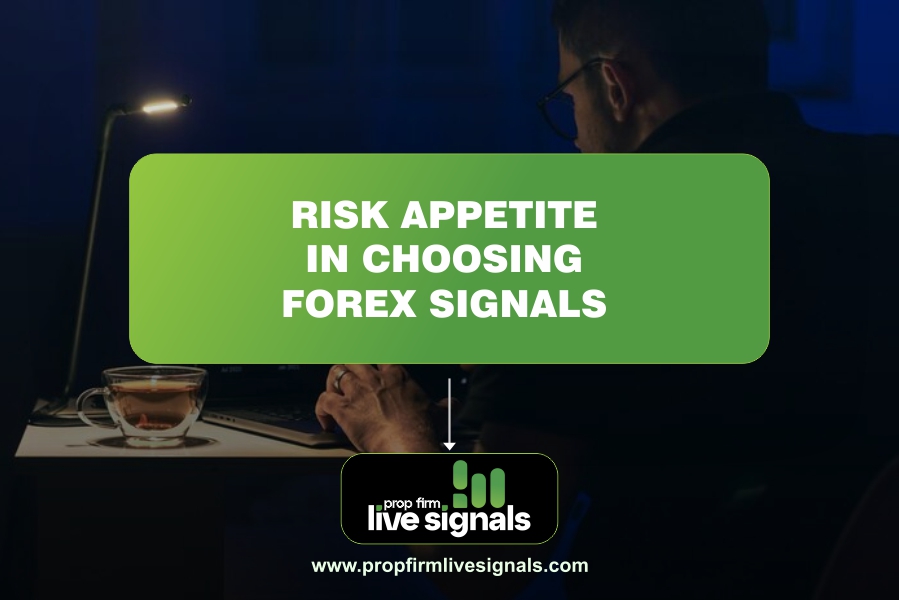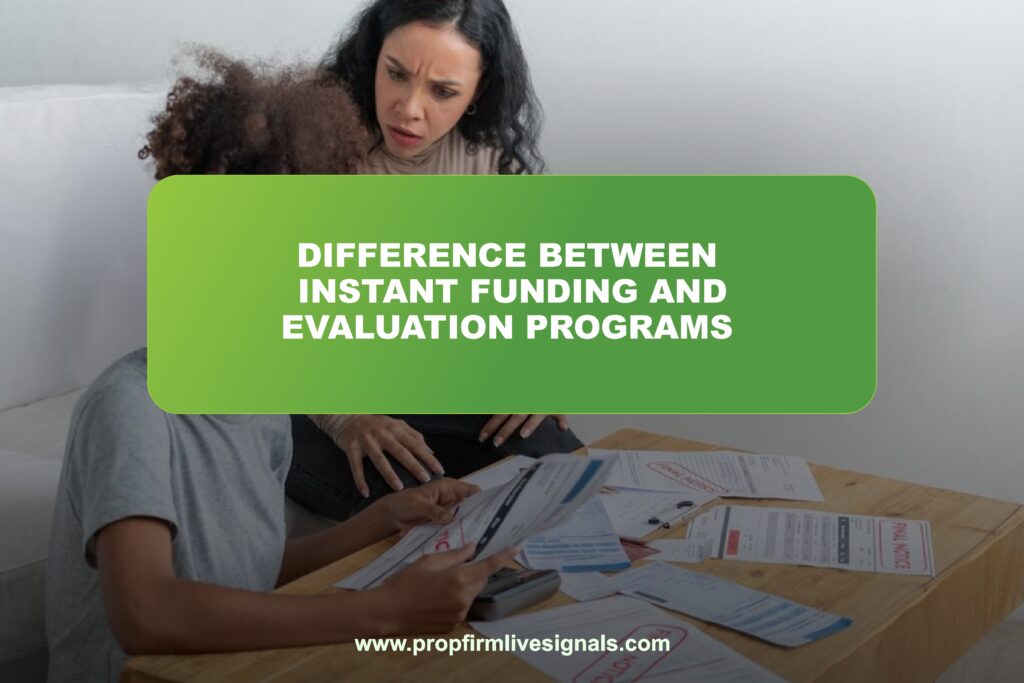The significance of matching trading techniques to personal risk tolerance is becoming more and more clear as the forex trading industry develops.
This alignment affects a trader’s entire trading approach, including position sizing, leverage utilization, and risk management techniques, in addition to the kinds of currency pairs they may select.
The complexities of risk appetite, its effects on forex trading, and practical advice for traders seeking to improve their decision-making through wise signal selection are all covered in this article.
Defining Risk Appetite
The amount of risk a trader is willing to take on in order to achieve their financial objectives is referred to as their risk appetite. It includes a person’s level of comfort with possible losses and trading volatility.
A trader who has a high risk tolerance can be more likely to use aggressive trading techniques in an effort to increase profits, even at the expense of taking on substantial risks. On the other hand, a trader with a limited tolerance for risk would favor cautious approaches that put capital preservation ahead of large profits.
Assessing Your Risk Appetite
Before diving into forex trading, it is essential for traders to assess their risk tolerance accurately. Here are some techniques to help gauge personal risk appetite:
- Risk Tolerance Questionnaire: A lot of financial institutions provide questionnaires to help people determine how much risk they can tolerate given their financial circumstances and investing objectives.
- Historical Performance Review: Examining previous investing choices and their results can reveal how at ease you are with volatility and losses.
- Financial Advisor Consultation: Speaking with financial experts can help you adjust your trading tactics and provide an unbiased assessment of your risk tolerance.
The Importance of Risk Management
Integrating Risk Management into Trading Strategies, Effective risk management is critical in forex trading, regardless of one’s level of risk tolerance. During volatile market situations, it acts as a buffer against large losses and rash decisions.
The following are essential elements of a strong risk management plan:
- Stop-Loss Orders: By automatically terminating transactions at preset levels, stop-loss orders assist reduce possible losses.
- Position Sizing: To prevent a single trade from endangering all of your capital, adjust trade sizes based on your total portfolio size and risk tolerance.
- Diversification: By distributing investments over several currency pairs, one can reduce the risk of certain markets or economic developments.
- Frequent Review and Adjustment: Long-term success depends on your ability to continuously monitor and modify your trading strategy in response to shifting market conditions and individual circumstances.
What Are Forex Signals?
Based on market analysis and trends, forex signals are suggestions or alerts that let traders know when to enter or leave deals. They offer useful information for making decisions and can be produced by automated systems, algorithms, or seasoned traders.
Factors to Consider When Choosing Forex Signals
- Reliability and Track Record: It’s critical to evaluate signal providers’ past performance. Seek out suppliers who have maintained steady profitability throughout time.
- Options for Customization: Since every trader has a different style, using a signal source that lets you customize signals might improve your trading experience by matching signals to your tastes.
- Ease of Use: A user-friendly design guarantees that you can grasp complex information fast without spending too much time on it.
- Cost vs. Value: Although cost is a significant consideration, the signal provider’s value shouldn’t be overshadowed by it. Determine if the possible benefits outweigh the cost.
- Risk Management Guidance: Clear instructions on stop-loss levels, position sizing, and general money management concepts should be provided by a trustworthy signal provider.
Aligning Forex Signals with Your Risk Appetite
Once you have established your risk appetite and chosen appropriate forex signals, the next step is to align these signals with your trading strategy effectively.
Techniques for Alignment
- Customized Trading Strategies: Create a thorough trading strategy that takes into account your risk tolerance levels and your selected signals.
- Utilizing Risk-Reward Ratios: Making Use of Risk-Reward Ratios By using risk-reward ratios, one can make sure that, depending on the signals received, the possible gains for each transaction exceed the potential losses.
- Frequent Monitoring and Adjustment: Keep an eye on how well your selected signals match your tolerance for risk and alter as needed in response to performance results.
The Impact of Market Sentiment on Risk Appetite
Understanding broader market sentiment is crucial for forex traders as it can significantly influence individual risk appetites and trading decisions.
Indicators of Market Sentiment
- Stock Market Performance: Rising stock markets are often a sign of heightened investor confidence and a greater appetite for risk across all investors.
- Volatility Indices (VIX, for example): As investors feel more comfortable taking chances, lower volatility frequently corresponds with a larger risk appetite.
- Bond rates: As investors look for better returns elsewhere, higher bond rates may indicate a rise in demand for riskier assets.
- Commodity Prices: Variations in commodity prices may also be a reflection of shifts in the state of the world economy, which affects the mood of the market.
Frequently Asked Questions (FAQs)
What is risk appetite in forex trading?
- A trader’s risk appetite in the forex market reflects their comfort with potential losses and volatility, shaping their trading strategies, position sizes, and currency pair choices.
How can I assess my risk appetite?
You can assess your risk appetite through various methods, including:
- Risk Tolerance Questionnaires: These are often available from financial institutions and can help gauge your comfort with risk.
- Historical Performance Review: Analyzing past trading decisions and their outcomes can provide insights into your risk tolerance.
- Consulting Financial Advisors: Professional guidance can help you understand your risk profile better.
What role does market sentiment play in determining risk appetite?
- The general attitude of investors toward market circumstances is reflected in market sentiment. Individual risk appetites can be influenced by a variety of factors, including bond yields, commodities prices, volatility indexes, and stock market performance. Comprehending these dynamics can aid traders in making well-informed choices.
Can my risk appetite change over time?
- Indeed, a person’s risk tolerance can fluctuate over time as a result of a number of things, including changes in their financial situation, personal events (like marriage or having children), changes in the market, or more trading experience. It’s critical to periodically reevaluate your level of risk tolerance and modify your trading tactics as necessary.




